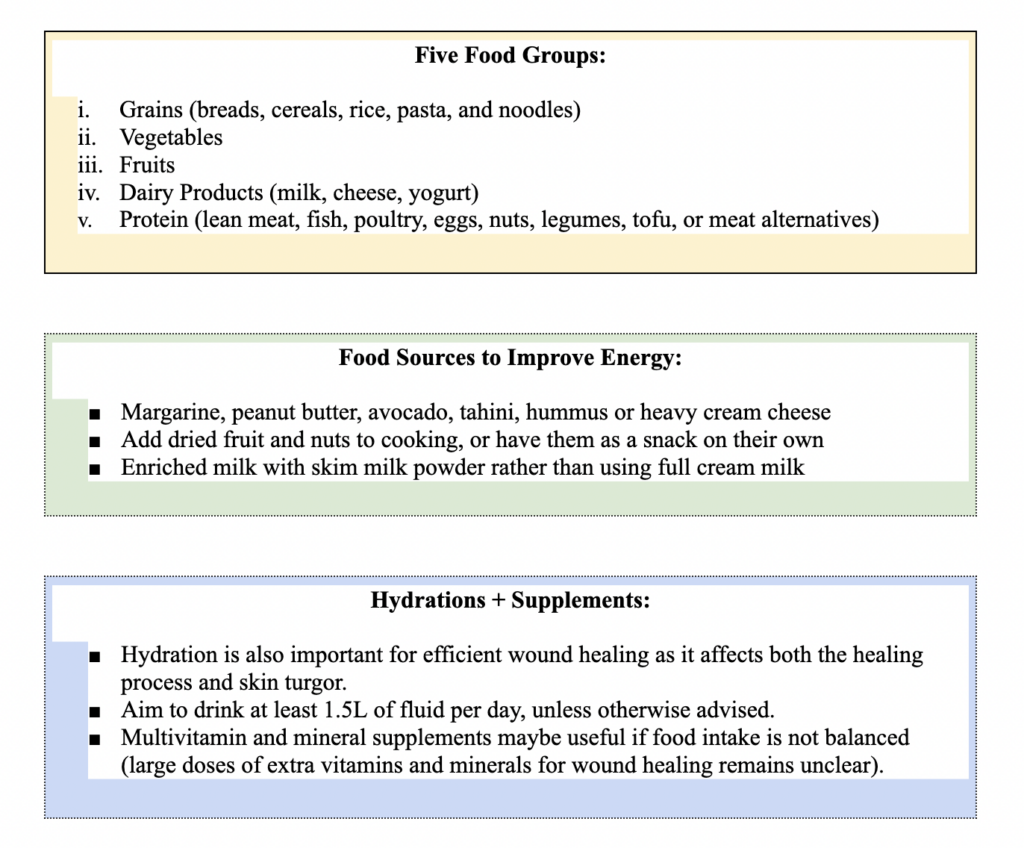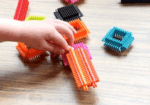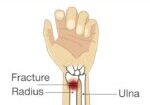By: Maddie Mott
Wound healing (healing hand therapy) involves a complex series of interactions between different cell types, cytokine mediators, and the extracellular matrix with its four basic stages including hemostasis, inflammation, proliferation, and remodeling (Mackay & Miller, 2003). Because successful wound healing requires adequate blood and nutrients to be supplied to the site of damage, the overall health and nutritional status of our patients directly influence the outcomes of their tissues healing or their tissues becoming permanently damaged. Wound repair must occur in a physiologic environment that supports tissue repair with studies showing that a diet deficient in protein, vitamins, and minerals can lead to poor wound healing (Mackay & Miller, 2003). Additionally, studies have found that maintaining an adequate intake of protein is especially important as it is used to build, maintain, and repair body tissues (Cleveland Clinic, 2017).
As healthcare practitioners, it is important that we recognize when someone has a wound or an infection that they will need additional protein, calories, and nutrients. We must also know relevant food sources which provide those nutrients. In a nutshell, healthy eating for wound healing includes choosing a wide variety of foods from each of the five food groups, consuming additional protein, and increasing energy intake (National Institutes of Health, n.d.). Some strategies to increase protein intake are by incorporating protein foods at each meal and as snacks. Furthermore, the amount of energy the body needs can increase when someone has a wound. Some strategies to increase energy levels could include keeping ready-to-eat meals and snacks handy at all times, eating smaller but more frequent meals throughout the day, and drinking fluids that provide energy such as milk, juice, or soft drinks rather than tea, coffee, and water (National Institutes of Health, n.d.).

High Protein Foods Include:
• Meat, fish and chicken
• Eggs
• Dairy products (milk, cheese, yogurt)
• Beans, legumes, nuts and seeds
• Meat alternatives (tofu, vegetarian sausages)
You May Need Extra Energy If:
• You are underweight or you are losing weight without trying
• You are unable to eat enough due poor appetite or nausea
• You are recovering from trauma or surgery

References
Eating well for wound healing – National Institutes of Health. (n.d.). Retrieved March 8, 2022, from https://www.nih.org/documents/Wound-Healing_Nutrition-2021.pdf
Mackay, D., & Miller, A. (2003, December). Nutritional support for wound healing: alternative medicine review. Journal of Clinical Therapeutic. Retrieved March 5, 2022, from https://www.researchgate.net/profile/Alan-Miller-3/publication/8977467_Nutritional_Support_for_Wound_Healing/links/5702a76c08aea09bb1a30144/Nutritional-Support-for-Wound-Healing.pdf
Nutrition tips to improve wound healing. Cleveland Clinic. (2017). Retrieved March 5, 2022, from https://my.clevelandclinic.org/health/articles/11111-nutrition-guidelines-to-improve-wound-healing
2 Comments
Leave a Comment
More To Read
Top 5 Hand Therapy Toys for Kids
Many therapists in hand therapy clinics have a lot of tools for their adult patients, but may not have as many tools for the less common pediatric patient. With nearly 20 years experience in pediatrics, we’ve compiled a list of our top 5 picks for tools to use with pediatric patients in hand therapy. We…
Read MoreEffects of different stretching techniques for improving joint range of motion.
Reference: Oba, K., Samukawa, M., Abe, Y., Suzuki, Y., Komatsuzaki, M., Kasahara, S., Ishida, T., & Tohyama, H. (2021). Effects of Intermittent and Continuous Static Stretching on Range of Motion and Musculotendinous Viscoelastic Properties Based on a Duration-Matched Protocol. International journal of environmental research and public health, 18(20), 10632. https://doi-org.libproxy.nau.edu/10.3390/ijerph182010632 The Skinny: This study used a cross-over…
Read MoreDistal radius fracture types seen in the hand therapy clinic
Distal radius fractures are one of the most common injuries seen in hand therapy. Several different distal radius fracture classification systems have been developed, and this blog post will focus on the more common types of distal radius fractures and their classification. Extra-articular fractures are either nondisplaced or displaced fractures. These fractures occur outside…
Read MoreGraded Motor Imagery in Hand Therapy
The 3 Stages of Graded Motor Imagery We’ve all heard of mirror box therapy, but do you know the details of how it works? There’s actually 3 stages involved that exercise the brain and take advantage of its plasticity. There is a great deal of evidence supporting these three stages and you can use them…
Read MoreSign-up to Get Updates Straight to Your Inbox!
Sign up with us and we will send you regular blog posts on everything hand therapy, notices every time we upload new videos and tutorials, along with handout, protocols, and other useful information.







Very informative, well written and concise. Great topic.
Very informative and useful, we all should be cognizant of how nutrition affects healing.